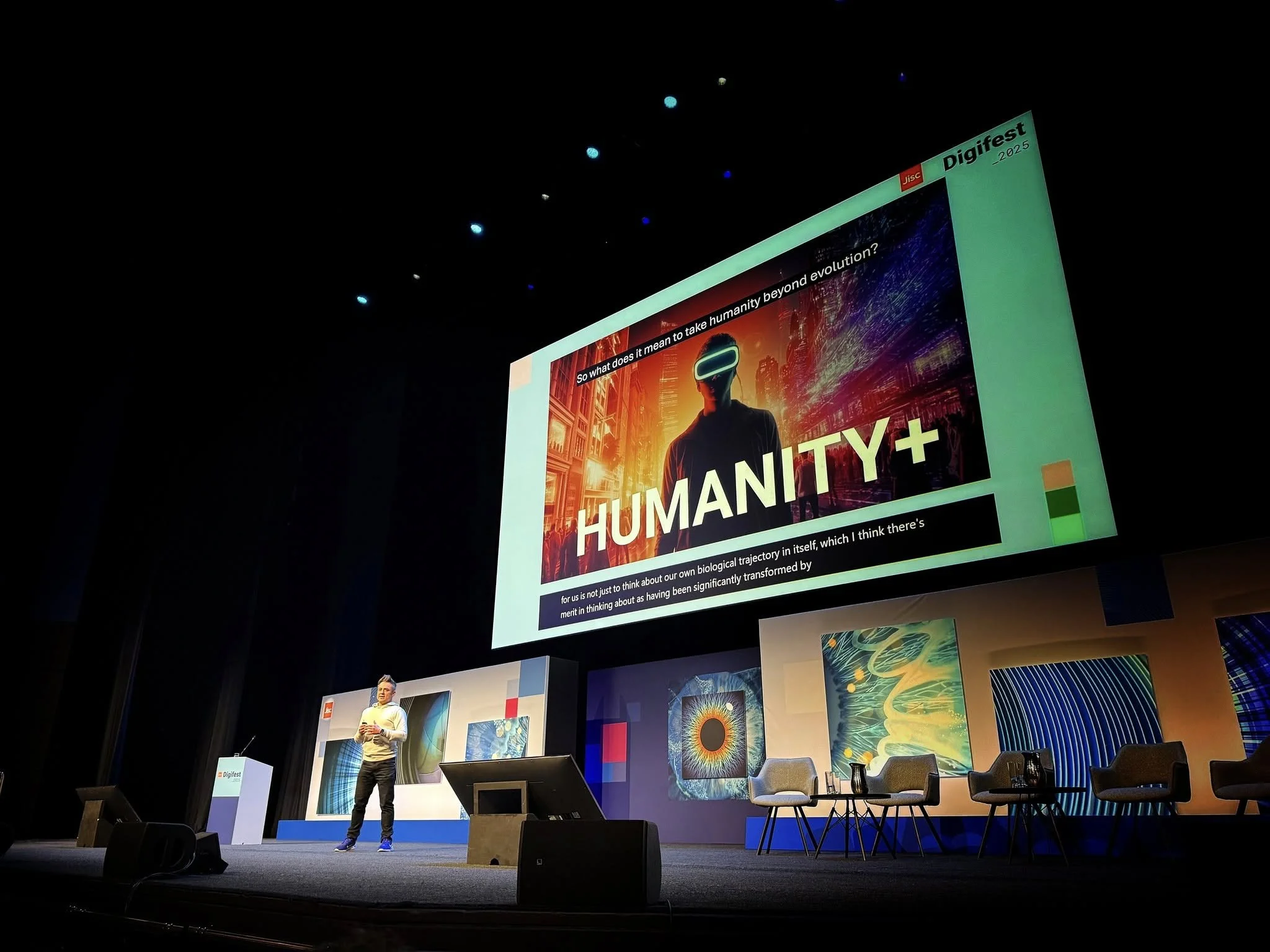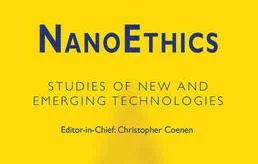Art & Design,
BioArt,
Bioethics,
Digital,
Doping,
Drones,
Environmental Science,
Gene Doping,
Human Enhancement,
Nanotechnology,
Olympic Games,
Philosophy,
Posthumanism,
Public Engagement with Science,
Science Communication,
Social Media,
Wearable Technology
Andy Miah
Art & Design,
BioArt,
Bioethics,
Digital,
Doping,
Drones,
Environmental Science,
Gene Doping,
Human Enhancement,
Nanotechnology,
Olympic Games,
Philosophy,
Posthumanism,
Public Engagement with Science,
Science Communication,
Social Media,
Wearable Technology
Andy Miah
Read More





